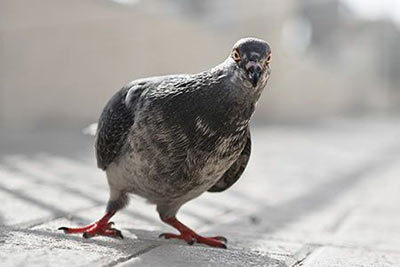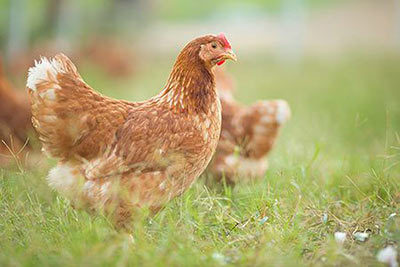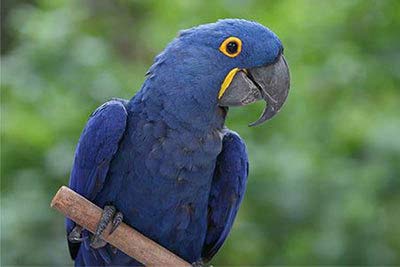Pied Avocet
Pied Avocet Fats
| Size | 16.5-18 in (42-45 cm); 1.1-1.5 in (3-4 cm) (bill) |
| Speed | Up to 25 mph (40 km/h) |
| Weight | 5-14 oz (140-400 g) |
| Lifespan | 10-15 years |
| Food | Insects, fish, crustaceans |
| Predators | Dogs, cats, weasels |
| Habitat | Europe, Northern Asia |
| Order | Charadriiformes |
| Family | Recurvirostridae |
| Scientific name | Recurvirostra avosetta |
| Characteristics | Long, upcurved bill |
Main Characteristics
The pied avocet is a black and white bird with a very long, upturned beak. It lives and breeds in the coastal areas of Europe and Central Asia. In winter, the bird moves to warmer areas - to Africa or South Asia.
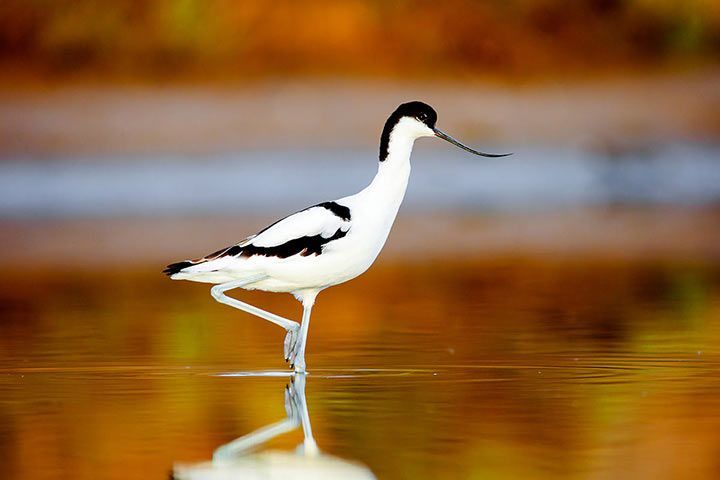
Anatomy and Appearance
Curved Bill
The avocet uses its bill to search for food. It puts its bill into the shallow water and sweeps it from side to side to scare up little animals and catch them.
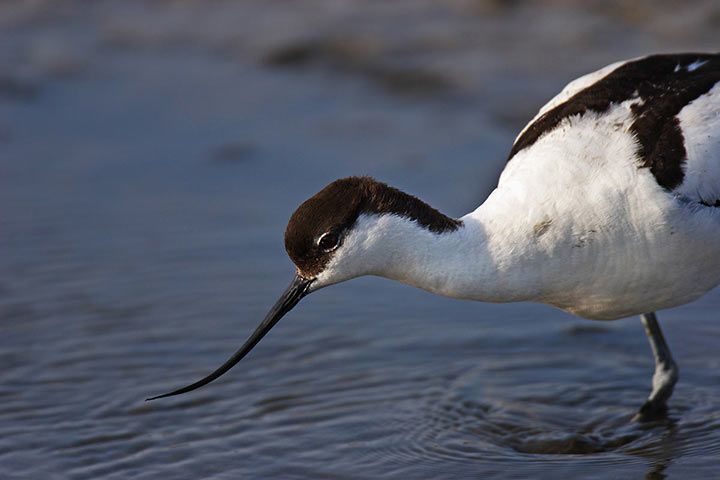
Behavior
How Do They Defend Their Nests?
When feeling threatened the pied avocet utters a series of sounds and slightly varies the pitch level. It sounds like the pied avocet approaches its enemy much faster than it really does. With a bit of luck, this will scare its enemy away. This sound effect is called the Doppler effect.
Just think of a fire truck siren. As long as the truck is approaching you, the siren sounds higher. When the truck is driving away from you, it sounds lower. This phenomenon is related to the sound waves. As long as the car is approaching it kind of pushes the sound waves ahead and compresses them, so that they sound higher.
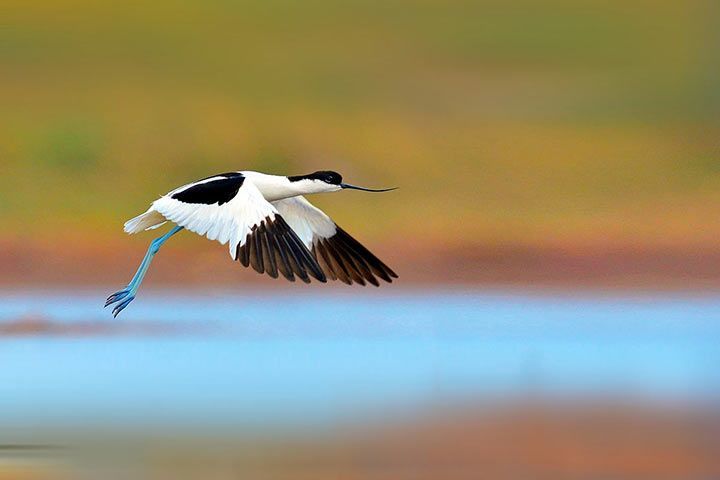
Enemies and Threats
They Fool Their Enemies
Pied avocets have come up with a trick to distract nest robbers. They act as if they were injured and try to attract the attention of the attacker. They croak and limp away from the nest. An injured bird is an easy prey, so the enemy attacks it first – and is regularly in for a shock.
They Chase Away Predators
Nose diving is another tactic maneuver of the avocet to keep other animals away from the nest. The bird flies a high-speed attack against the enemy and peels off at the last second. It repeats this maneuver until the unnerved nest robber gives up and goes away. Sometimes the avocet is so enraged that it even attacks ravens and hawks, which are significantly larger and stronger. The nest and the fledgelings are just more important.
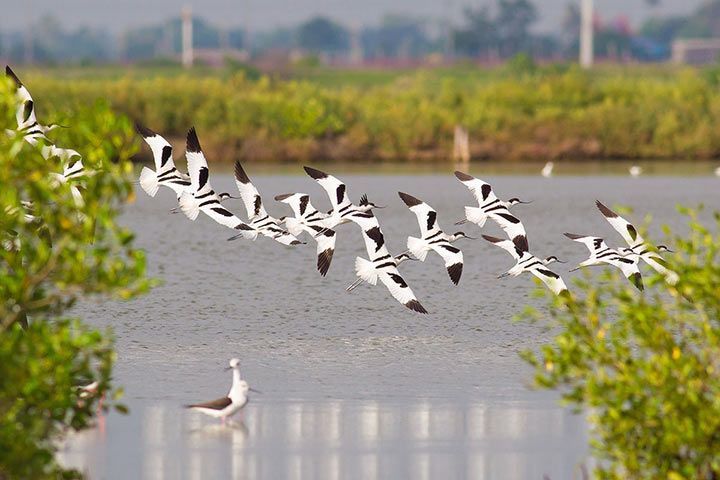
Reproduction
They Build Their Nests on Stilts
Avocets build their nests in little hollows in the ground. If the water is rising, the parent birds place little sticks, branches and feathers under the nest to lift it up.
The Chicks Grow Up Quickly
Most bird kids spend several weeks in the nest of their parents and get fed. The little avocets leave the nest within the first 24 hours already and are able to waddle, swim, and dive.
Fun Facts
Do These Birds Mow Lawns?
When the bird sweeps its bill from side to side, it looks as if it would mow the grass with a saber. It is rather funny to watch if several birds join up to mow together.
















